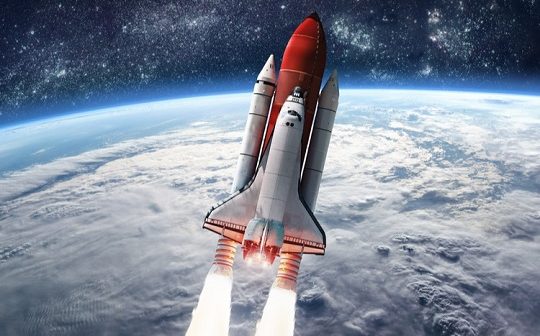Space Ships, All you need to know
Spaceships have long been a fascination of both science fiction and science fact. These vessels represent the pinnacle of human engineering and exploration, allowing us to travel beyond the confines of our planet and into the vast expanse of space. In this blog, we will explore the history, technology, and future of spaceships.
History of Space Ships
The concept of space travel dates back centuries, with early depictions of rocket-like vessels appearing in Chinese and Indian mythology. However, it wasn't until the 20th century that humans began to seriously consider the idea of space travel.
The first true spaceship was the Soviet Union's Vostok 1, which launched on April 12, 1961, carrying cosmonaut Yuri Gagarin into orbit around Earth. This historic flight paved the way for the development of spacecraft, including the American Apollo program, which sent astronauts to the moon in the 1960s The technology
Technology of Space Ships
Space ships rely on a variety of technologies to function in the harsh environment of space. These include propulsion systems, life support systems, and communication systems.
Propulsion systems are used to provide the thrust needed to lift a spaceship off the ground and into orbit. Rockets are the most common form of propulsion used in spaceships, with solid or liquid fuel being ignited to create a controlled explosion that propels the ship forward.
Life support systems are used to provide astronauts with the air, water, and food they need to survive in the vacuum of space. These systems must be carefully designed and maintained to ensure the safety of the crew.
Communication systems are used to transmit data and messages between the spaceship and ground control. These systems rely on radio waves and other forms of electromagnetic radiation to send and receive signals.
Future of Space Ships
The future of spaceships is an exciting prospect, with new technologies and concepts being developed all the time. One area of focus is reusable spaceships, which can be used multiple times to reduce the cost of space travel.
Another area of development is space tourism, with companies like SpaceX and Blue Origin working to make space travel accessible to the general public. These companies are also working on developing vehicles that can take astronauts and payloads beyond Earth's orbit, opening up new possibilities for space exploration and research.
Finally, there is the exciting prospect of interstellar travel, which would allow us to explore other star systems and potentially even other habitable planets. While the technology for interstellar travel is still in its infancy, there is no doubt that spaceships will play a crucial role in making it a reality.
Conclusion
In conclusion, spaceships are a crucial component of space exploration, allowing us to travel beyond the confines of our planet and into the vast expanse of space. From the early days of the Vostok 1 to the future of reusable spaceships and interstellar travel, these vessels represent the pinnacle of human engineering and exploration. The technology and capabilities of spaceships will continue to evolve and advance, opening up new possibilities for scientific research, commercial ventures, and the future of humanity's place in the cosmos.

Comments
Post a Comment
Follow for more! If you have any doubts or suggestions, let us know!